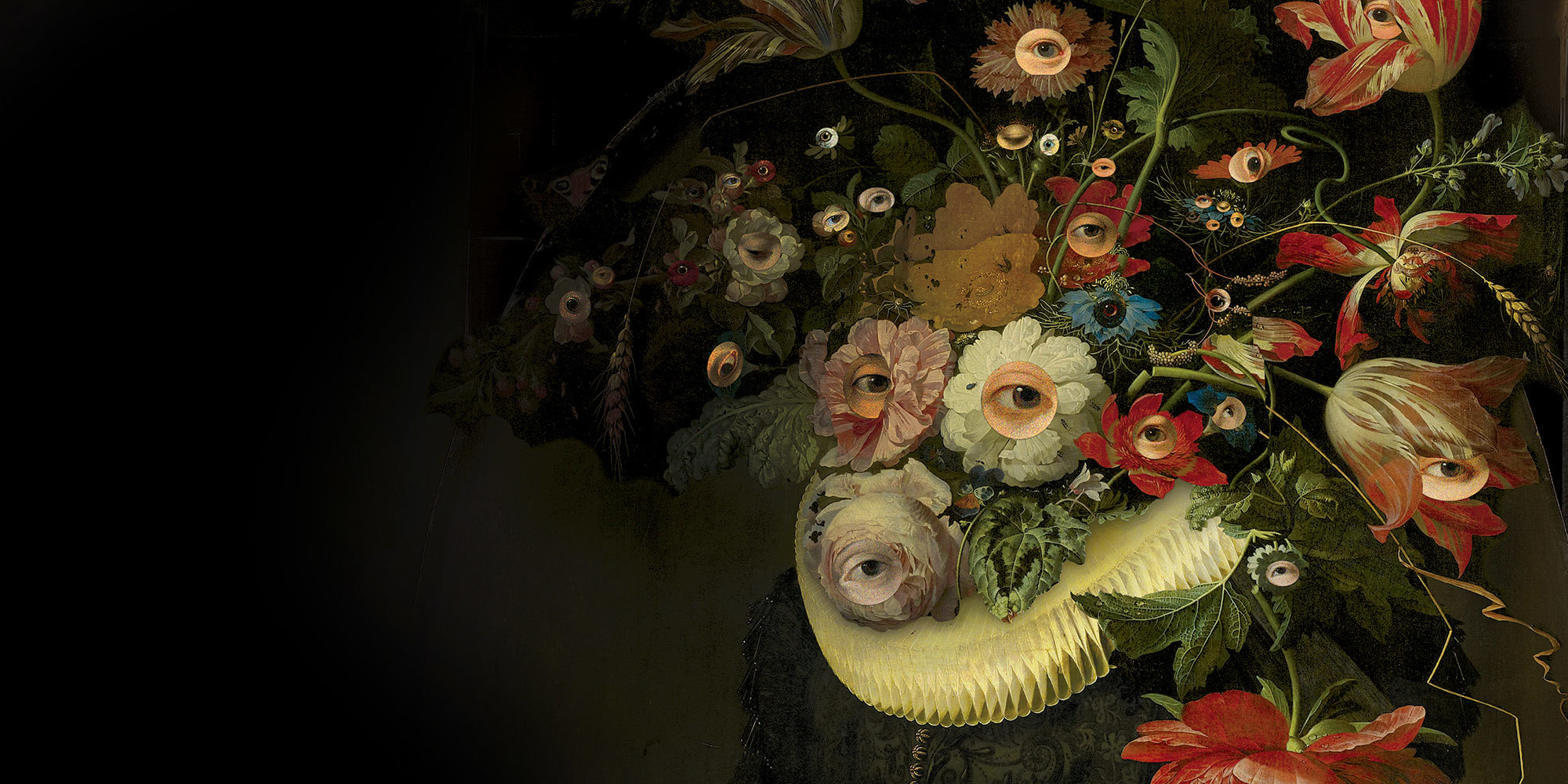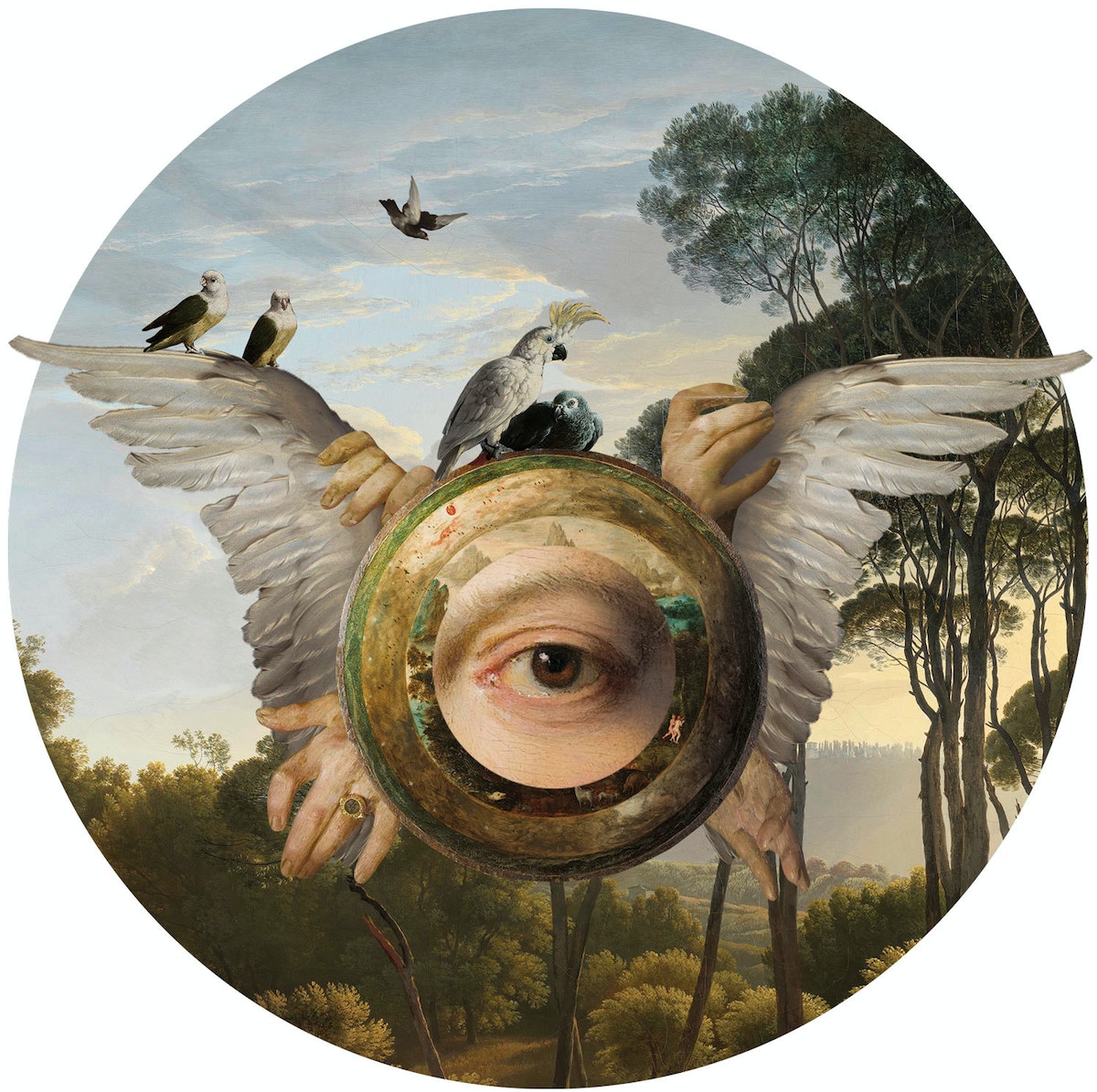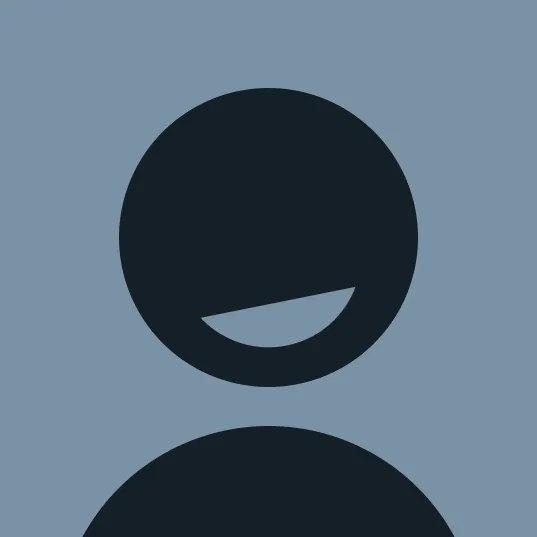This deck of cards will change the way you work

Writing about music is like dancing about architecture. The adage has been used in countless ways since the early 1900s, and it’s still the best way I know to describe the challenge of critiquing creative work. What it means to me is, we’re using the wrong language, but it’s all we have.
In the design world, the practice of critique relies on a universal language learned in art school. Students routinely pin their work up on a wall, and offer feedback in the same way that was modeled for them. From industrial to graphic design, students learn a shared form of expression that allows them to engage with each others’ work and make suggestions for how it could be better.
Perhaps leaning back, stroking one’s chin, and groupthinking creative work is like dancing about architecture, but at least in art school, everyone knows the steps to the dance.
In the modern world of design work, that’s no longer the case. I joined IDEO more than 10 years ago. Since then, the number of disciplines we practice have mushroomed from around 10 to 33. Our backgrounds vary wildly, as do our outputs—from artifacts to interventions, micro to macro, processes to systems. And we’re not the only ones working this way. Multidisciplinary teams are more and more common across industries, and each discipline or practice brings its own jargon—and methods of critique.
In other words, the language barriers teams have to deal with are increasing.

So, how does a data designer critique a teammate’s copywriting? How does a graphic designer articulate her intuition about business design? How does a multidisciplinary team find a universal language to discuss the strengths and weaknesses of a proposed solution?
These questions sent me and a few coworkers off on a assignment. We set out to create a shared vocabulary for critique that would be broad enough to serve the challenges of today. We started by asking: What qualities do we most associate with creative excellence in our work? And, how might critique help ensure our solutions have the desired impact? We came up with an initial prototype, and tested it with teams in the wild.
That experiment illuminated a few things:
- Different disciplines do use different language for talking about their work
- What good looks like is about both process and outcome
- Designers are hungry for this conversation
So, we continued to test the vocabulary. The list diverged and converged until we landed on a set of seven key words, knowing that each is but a doorway into a world of meaning with many interpretations.
- Beauty
- Brains
- Bravery
- Destiny
- Heart
- Magic
- Mastery

(You can download the cards here.)
The qualities are intentionally open-ended so that all designers (err, all humans) can relate, and so that they can be interpreted in ways that are appropriate in a given context.
The vocabulary was immediately valuable, helping designers move beyond binary sentiments of what is “working” and “not working,” to a more honest and nuanced discussion about the strengths and weaknesses of the work.
Imagine a critique that goes something like this:
Lauren (Software designer): How are you feeling about the content?
Jason (Writer): A little bored.
Lauren: Well, it’s a dry subject.
Jason: But people are people. If I’m bored writing it, they’ll be bored reading it.
Lauren: True. But if you’ve nailed the technical aspects maybe we can play a little...what do you think it needs?
Jason: Heart...maybe some Bravery...
Feels a little like dancing, right?

And that is just a snippet. The vocabulary provides an entry point into deep craft critiques that go well beyond aesthetics, or anything we can pin on a wall. As one coworker remarked to me, “We started thinking about beauty in relationship to an org chart—how it could be graceful and smart.”
The shared language is also useful outside of a design team.
Team member: We use this vocabulary to make sure our work is as bold, innovative, and effective as possible. How do you think your organization might respond to these prompts?
CMO: We are all about data...so that sounds like rigor. Teams are paralyzed until they have all the data. I don’t expect that will change over the course of this project, but I would love for you to help us see the value of beauty and bravery.
With a shared language, we are able to not only name our tendencies (as this CMO did), but identify strengths and weaknesses across the seven qualities, both specific to each discipline’s contribution, and as a whole. This builds empathy and understanding for individual efforts on a team, and creates agreements for how to further develop the work.

In our New York studio, we have been using the vocabulary as a way to reflect on our entire portfolio. As a community of intense New Yorkers, we had assumed that rigor and brains would surface. But as we critiqued our work from 2017, we realized that the work that embodied magic and heart in equal parts was what catalyzed clients and made us most proud.
Realizations like this brought up some compelling questions:
How do we embrace magic and heart in our business development process?
What does the resonance of magic and heart say about New York (and the world) today?
How do we want to stretch and grow in 2018?
In just over a year, the critique vocabulary has helped us reach a new level of discourse and awareness. It has pushed us in new ways, as individuals, teams, and a community. It has opened up new conversations with our clients, and given them language to more deeply engage in our work together.
And this is just the beginning.
Vocabulary is never fixed. It is a living organism that will evolve with time. We hope you will take this critique vocabulary and make it your own.
As we face increasingly complex design challenges, and creative, multidisciplinary teams are called upon to solve them, rigorous critique will be essential.
We can only hope it feels like dancing.
Shout out to IDEO Cambridge, Chicago, and New York for collaboration on these cards. Download the cards here.
Words and art


Subscribe

.svg)







